Photovoltaic Solar Array Systems for Business
Photovoltaic solar Array Systems Harnessing Clean Energy for Sustainable Businesses
In today’s competitive and sustainability-focused marketplace, businesses are increasingly adopting eco-friendly practices, and investing in commercial solar array systems is a decisive step forward.
These systems capture the sun’s energy and converts it into electricity, providing businesses with a reliable, clean energy solution. From reducing electricity costs to meeting corporate social responsibility (CSR) targets, a photovoltaic solar array helps businesses align with the global shift toward sustainability.
Discover the Benefits and Innovations in Commercial Solar Arrays: Ground-Mounted Systems, Photovoltaic Arrays, and Battery Storage for a Sustainable Future in Business.
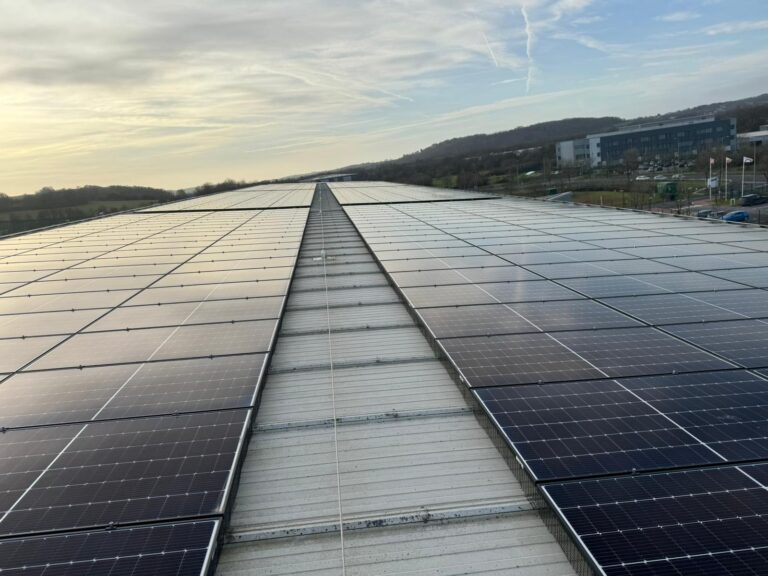
How Do Commercial Solar Array Systems Work?
1. Sunlight Absorption:
Solar panels are made up of multiple PV cells composed of semiconductor materials, most commonly silicon. When sunlight strikes these cells, they absorb photons, or light particles, which initiate the energy conversion process.This clean, renewable energy process enables solar panels to provide a sustainable alternative to traditional power sources.
2. Electricity Generation:
When sunlight hits the PV cells, it energizes the electrons within the silicon material, prompting them to move more freely. This electron movement creates an electric field within each cell, leading to a continuous flow of direct current (DC) electricity. Each PV cell in the panel contributes to this process, collectively generating a significant amount of energy across the entire solar array.
3. Inversion:
The electricity produced by PV cells is direct current (DC), which needs to be converted to alternating current (AC) to power most business equipment and appliances. This conversion is done by an inverter, which transforms the DC electricity into AC, making it compatible with standard business operations. In many modern commercial solar systems, inverters also include monitoring features, enabling businesses to track their energy generation in real time for improved efficiency and management.
4. Usage and Storage:
Once converted, the AC electricity flows directly into the plant’s electrical system, powering lights, machinery, HVAC systems, and other essential business equipment. If the solar array produces more electricity than needed, the surplus can be managed in two ways:
✅ Storage: Excess energy can be stored in commercial-grade energy storage batteries for later use, especially beneficial during peak demand hours, during the night or grid outages.
✅ Grid Feedback: Alternatively, surplus energy can be fed back via SEG (Smart Export Guarantee) and REGO (Renewable Energy Guarantees Of Origin) into the national grid, allowing businesses to earn credits or financial incentives through net metering or similar programs offered by utility companies.
By adopting these clean energy solutions, businesses secure a sustainable and renewable power source and can realise significant energy savings and potential revenue by selling surplus energy.
Whether used by small businesses or large-scale industrial facilities, renewable energy for business enables companies to control their energy production and costs while making a lasting impact on their carbon footprint.
Types of Commercial Solar Array Systems
Each business has unique energy requirements, so there are various solar array types and configurations to meet them. Here are some of the most popular options:
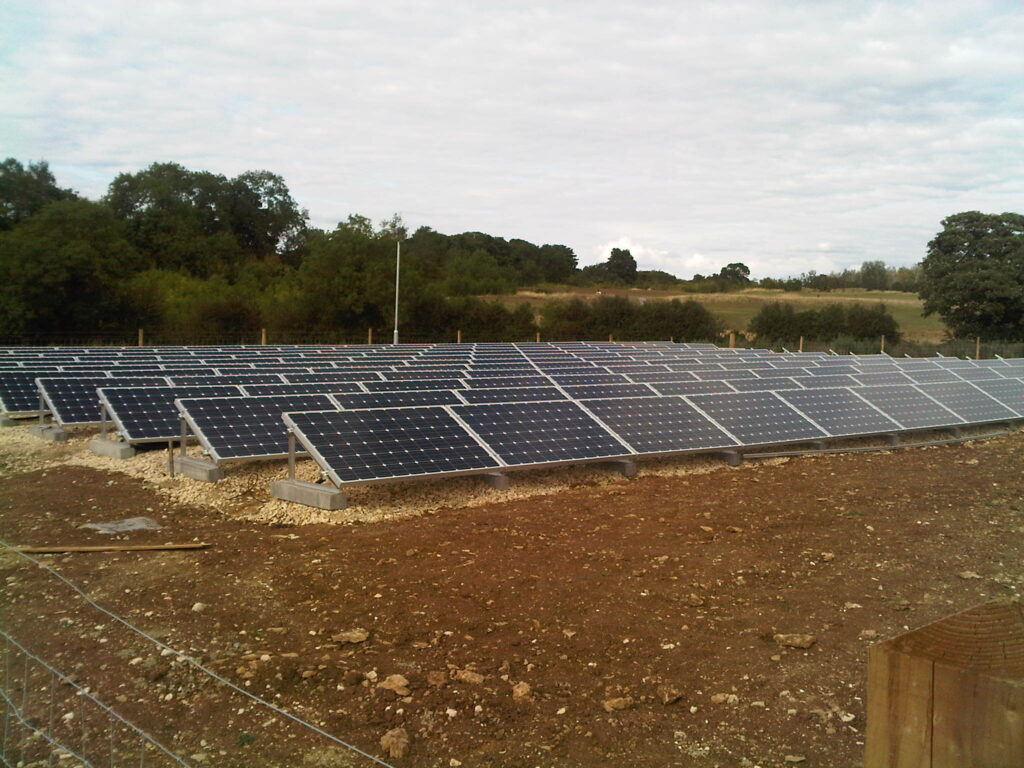
Ground Mounted Solar Array Systems
Ground mounted solar arrays are installed on open land, making them ideal for businesses with ample space. These arrays are often larger than roof-mounted systems, which means they can produce more power, perfect for energy-intensive operations.
Advantages:
✅ Efficient Use of Land: Maximises unused or open land by turning it into a clean energy source.
✅ Optimal Tilt and Orientation: Ground mounted arrays can be positioned to capture the most sunlight throughout the day.
✅ Easy Maintenance: Accessing and maintaining these systems is simpler, ensuring long-term performance and efficiency.
Commercial Roof Mounted Solar Arrays
Roof mounted solar arrays are perfect for businesses with limited land but extensive roof space. Rooftop solar arrays utilise this space to provide clean energy without interfering with ground operations.
Benefits:
✅ Space Efficiency: Makes use of otherwise unused roof space for energy production.
✅ Energy Cost Reduction: Generates enough electricity to offset substantial portions of a business’s utility costs.
✅ Enhanced Building Value: Adds long-term value to commercial buildings by upgrading to a renewable energy infrastructure.
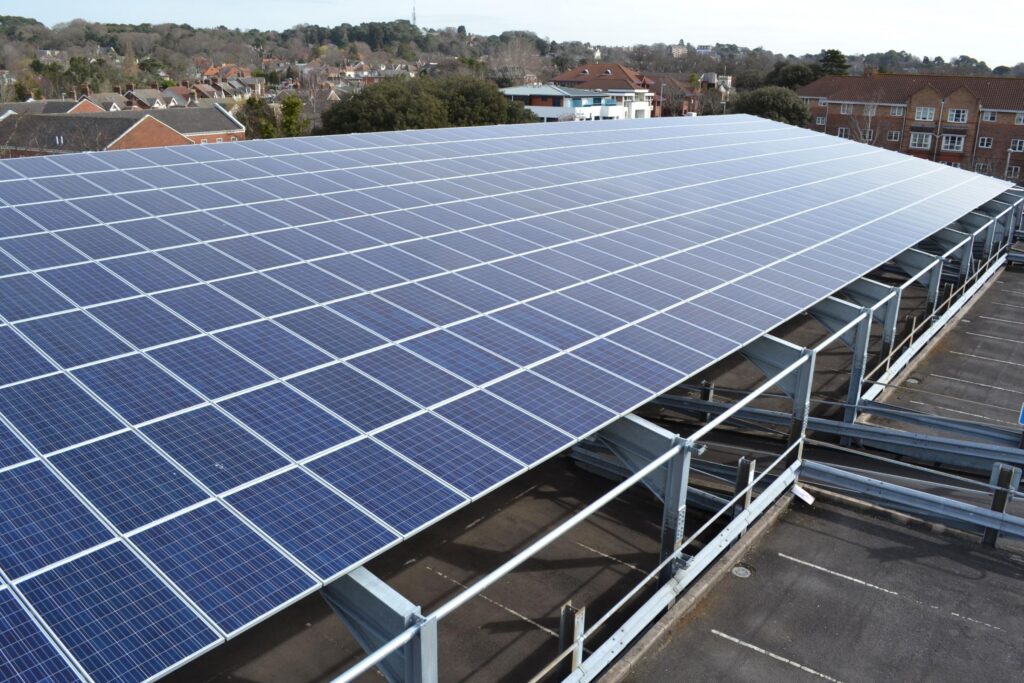
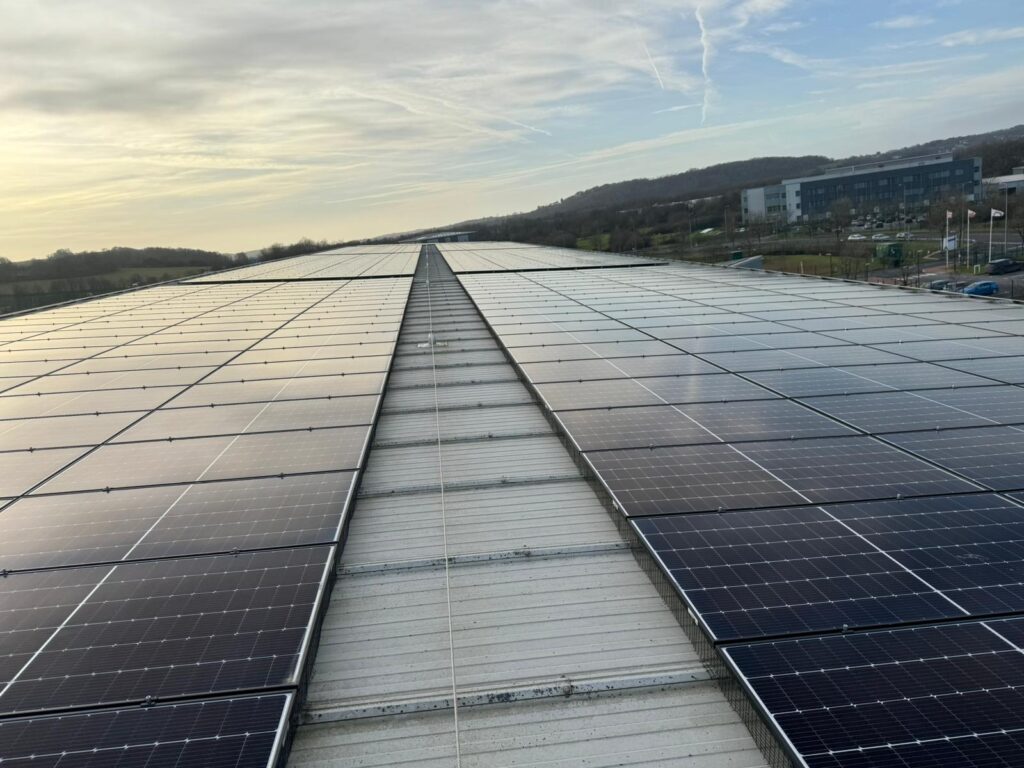
Solar Carports and Canopies Solar Arrays
Solar carports offer a dual-purpose solution by generating electricity while providing covered parking spaces for employees, customers, or tenants.
Advantages:
✅ Shaded Parking: Offers protection from weather conditions while generating solar energy.
✅ Electric Vehicle (EV) Charging: Can be integrated with EV chargers, supporting ecofriendly commuting and electric vehicle adoption.
✅ Added Lighting Solutions: Solar powered lights enhance parking area safety, reducing utility costs.
Solar Array Battery Storage Maximising Solar Efficiency
For businesses that need a dependable energy source at all times, solar array battery storage systems are an ideal addition.
Battery storage allows companies to store excess energy generated during the day and use it during peak demand hours or at night. This not only enhances energy independence but also provides a reliable backup during power outages.
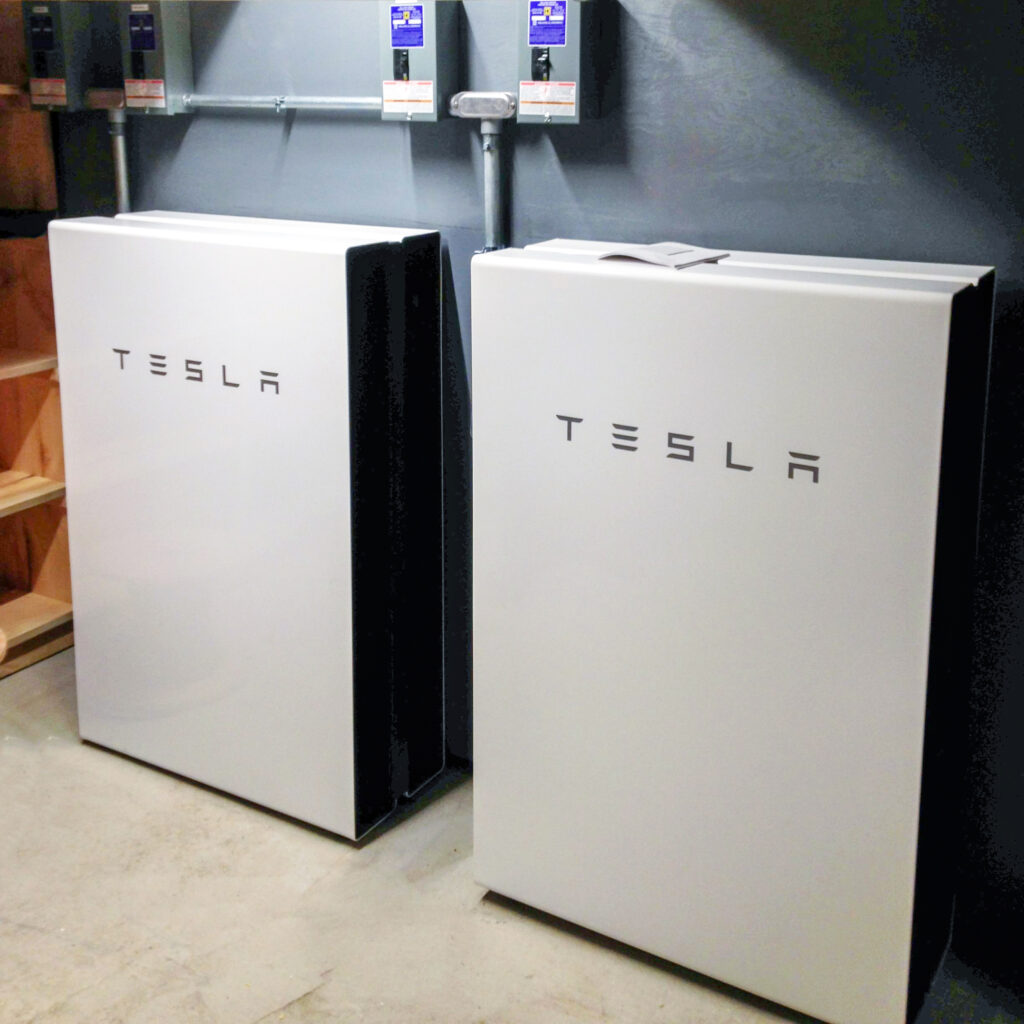
Advantages of Solar Array Battery Storage
Reduced Peak Demand Costs:
Stored solar energy can be used during peak hours when utility rates are highest, saving businesses money.
Increased Resilience:
Ensures that critical operations continue even during power outages.
Demand Flexibility Service (DFS):
Allows BESS (Battery Energy Storage System) asset owners to capitalise on flexible, low-cost periods to charge batteries for later use.
Maximised Solar Investment:
By storing excess energy, businesses get the most value from their photovoltaic array.
With solar array battery storage, companies can make the most of their clean energy systems, ensuring they have power when they need it most.
Benefits of Adopting a Commercial Photovoltaic Array
Switching to a photovoltaic array solar panel system offers numerous financial, environmental, and operational advantages:
Cost Savings
Solar energy significantly reduces electricity bills, with savings that add up over time, making the return on investment (ROI) compelling.
Energy Independence
PV solar array enables businesses to generate their own power, reducing dependency on the utility grid and protecting against fluctuating energy prices.
Environmental Impact
By generating renewable energy, businesses reduce greenhouse gas emissions and help fight climate change.
Tax Incentives and Rebates
Many regions offer tax credits, rebates, and incentives for PV solar array installation, making the transition even more affordable.
Sustainable Brand Image
Customers and investors increasingly prefer businesses committed to sustainability, making solar energy a valuable brand asset.
Low Maintenance
The technological advancements in PV solar array systems over the past decade have been remarkable. Today's systems are highly robust, delivering exceptional performance and requiring minimal maintenance once installed, ensuring long-term reliability and efficiency for users.
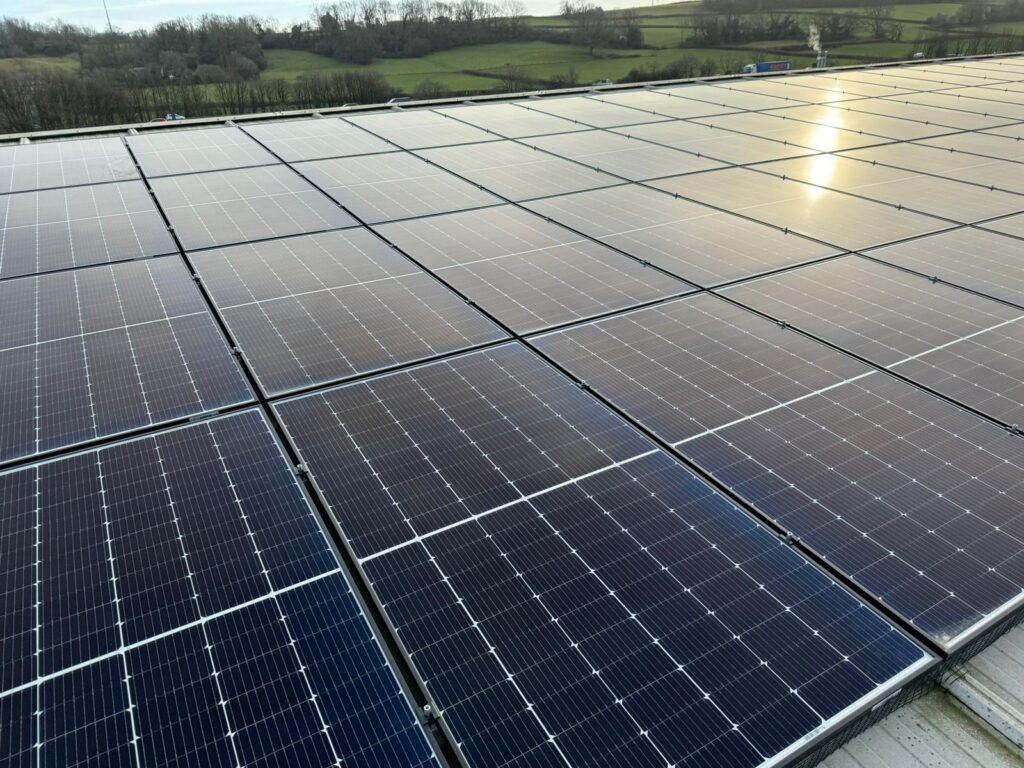
Why Solar Energy is a Clean Energy Solution for Sustainable Businesses
Solar energy is a clean energy solution that doesn’t produce harmful emissions or pollutants, making it one of the most environmentally friendly options available. By investing in renewable energy for business operations, companies contribute directly to global efforts to reduce carbon emissions. This supports climate goals and reflects positively on a business’s social and environmental responsibility.
Choosing the Right Commercial Solar Array Solution
Selecting the best PV solar array system depends on factors like available space, energy demands, and budget. Partnering with a professional solar provider like Excel Energy can help businesses assess their needs, design a turnkey solar solution, and ensure proper installation and maintenance. With options like ground mounted solar arrays, roof mounted systems, and battery storage, there’s a tailored solution for every business.
Questions to Consider:
✅ How much space (ground or roof) is available for solar installation?
✅ What is the peak electricity demand, and can it be offset by solar energy and by what level of self-sufficiency?
✅ Is there a need for energy storage systems to ensure continuous power?
With our clean energy solutions expertise, we’re here to partner with you, addressing key questions and implementing strategies that align with your business goals and sustainability objectives.
Embrace the Future of Clean Energy with Commercial Solar Arrays
A commercial solar array system is a strategic investment in a sustainable future. As technology advances, solar panels become more efficient and accessible, making clean energy solutions viable for businesses of all sizes. By choosing solar, companies can reduce their carbon footprint, cut operational costs, and play a vital role in promoting a cleaner, greener planet.
Whether through a ground mounted solar array, a rooftop photovoltaic solar array, or a solar carport, businesses have the opportunity to lead the way in renewable energy for business. Take the step toward sustainability with a commercial solar array system and harness the power of the sun for a brighter, more responsible tomorrow.
Commercial Photovoltaic Solar Array Systems FAQS
Yes, you can install more than one solar PV array system. This can be particularly useful if your business has multiple buildings or locations. Each system can be tailored to meet the energy requirements specific to site, efficiency and output. For example, a manufacturing plant may require a more extensive system than a smaller office building. Multiple systems can operate independently or be interconnected for enhanced energy management.
You can add capacity to your existing solar array system by installing additional panels, additional inverters or possibly upgrading your existing inverter to handle the increased PV capacity. This flexibility allows your solar power system to grow with your business’s energy demands, accommodating expansions or increased energy requirement over time. Modular systems make it easy to scale up without significant disruption to ongoing operations.
In most cases, businesses can install roof-mounted solar panels without the need for planning permission. However, ground-mounted systems might require it. For ground-mounted installations under 9m², planning permission may not be necessary if specific conditions are met.
In the UK, installing a solar photovoltaic (PV) system that connects to the electricity grid requires permission from your local Distribution Network Operator (DNO). Here’s an overview of the steps involved:
✅ Notification: Inform your DNO of any significant changes to your connection, such as adding a solar PV system.
✅ Application: Submit a DNO application, either G98 or G99, based on the system size.
✅ Approval: Obtain DNO approval before connecting your system to the grid. The DNO will conduct a network study to verify that the grid can handle the additional power from your solar system. If upgrades are necessary, you’ll need to cover these costs. The DNO has 45 days to provide a quote for any required work.
Keeping your system off-grid (not connected to the national electricity network infrastructure) avoids the need for DNO approval. However, this option is uncommon due to high costs and limited electricity availability in winter.
Most applications are approved, though delays can occur if modifications to your system or grid upgrades are needed.
Businesses and community organizations may qualify for grants, tax incentives, and various financial assistance options to support solar panel installations.
Solar panels generally have a lifespan of 25 to 30 years, while the inverter typically lasts over 10 years.
The payback period for a commercial solar panel system typically ranges from 3 to 7 years. Key factors influencing this timeframe include the system size, the amount of energy consumed or exported, and whether energy storage is incorporated into the setup.
Polycrystalline panels are often favored for commercial use because of their strong efficiency and reliable performance.
Commercial solar panels are versatile and can be installed on various types of buildings, such as offices, factories, and warehouses. They are suitable for flat or pitched roofs, and can also be mounted on the ground or in open fields.
Yes, through the Smart Export Guarantee (SEG), you can receive payments for exporting surplus energy back to the national grid.
Solar panel optimizers can be used to enhance the overall performance and efficiency of your system.
With our expertise in renewable energy solutions, we can collaborate with you to implement strategies that align with your business and sustainability goals and provide a service that few contractors can offer.
Contact us today to learn more about our commercial solar array solutions, funding options, including Power Purchase Agreements, and how the Smart Export Guarantee can benefit your business.
Make the transition to clean energy solutions and meet your corporate social responsibility (CSR) targets; choose Excel Energy as your trustworthy partner.
